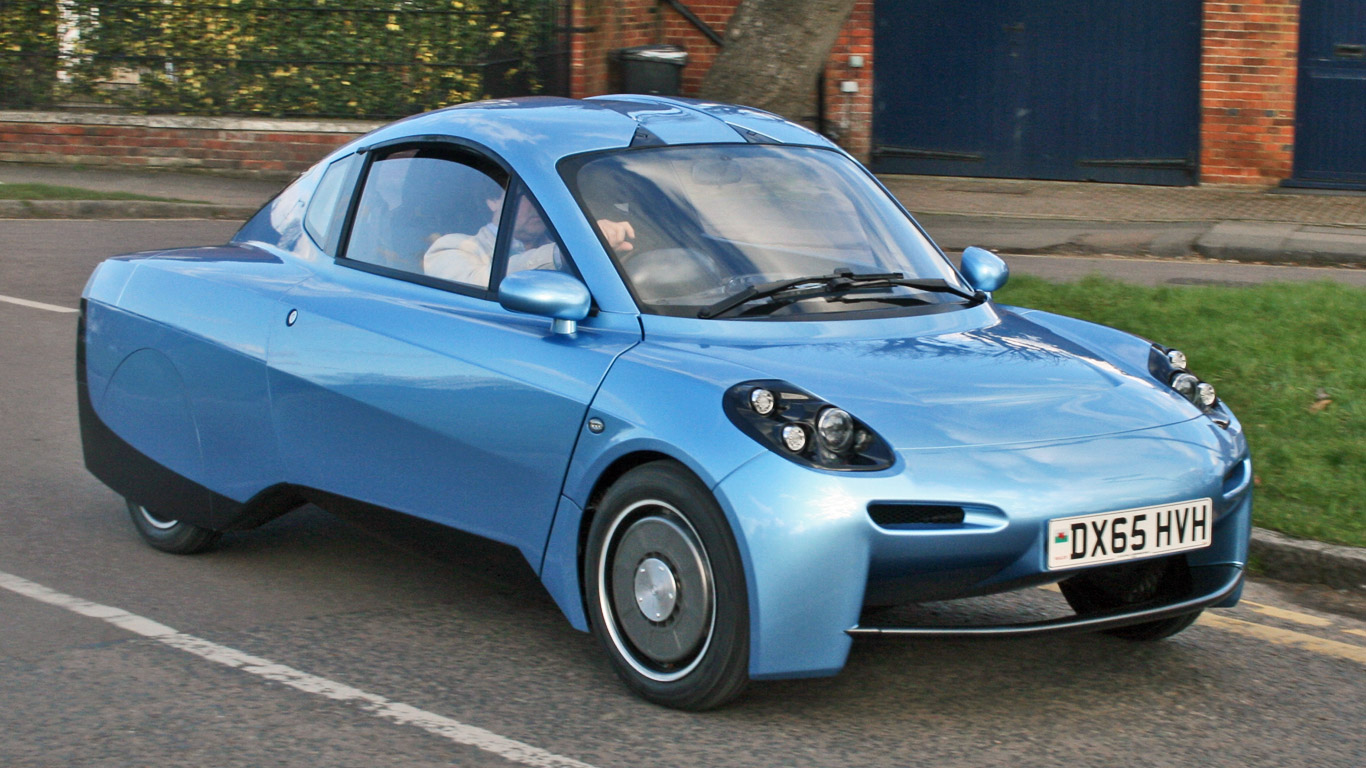
Ladies and gentleman, this is what the future looks like. At least in the eyes of a small company based in Mid Wales. It’s the Riversimple Rasa, a prototype hydrogen car that could change how we buy and run cars in the future.
What are its rivals?
Designed from the ground up as a hydrogen fuel cell car, there’s very little like the Riversimple Rasa. Weighing just 580kg, it’s about half the weight of a new Vauxhall Corsa, meaning it’s able to be extremely efficient. The closest rival is from a mainstream manufacturer is the Toyota Mirai, which is also a hydrogen fuel cell car. Or, visually, perhaps the £100,000 Volkswagen XL1?
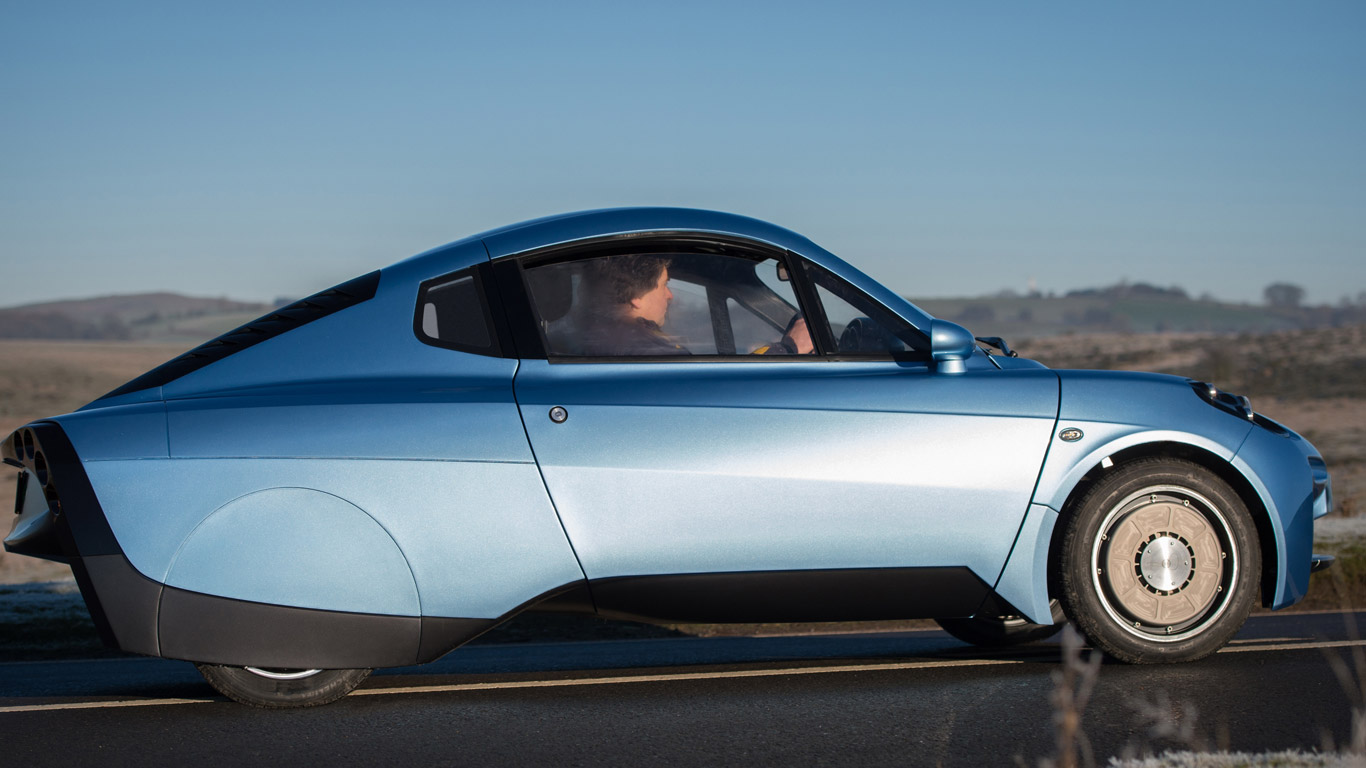
Which engine does it use?
Rather than a conventional engine, the Riversimple Rasa uses a small 8.5kW fuel cell (equivalent to around 11hp) to combine with oxygen and generate electricity to power the four motors located at each of the wheels. The only tailpipe emission is water.
What’s it like to drive?
The Riversimple Rasa is still very much a prototype – so we weren’t able to put it through our regular road test. Instead, we made do with a short passenger ride. You sit low down, so it feels as if you’re in a sports car rather than an eco city runabout, and the cabin is pretty bare. It takes 10.0 seconds to hit its maximum 60mph speed – that’s a pretty low top end, you might think, but the firm insists that people won’t use the Rasa for long distances and motorway driving.
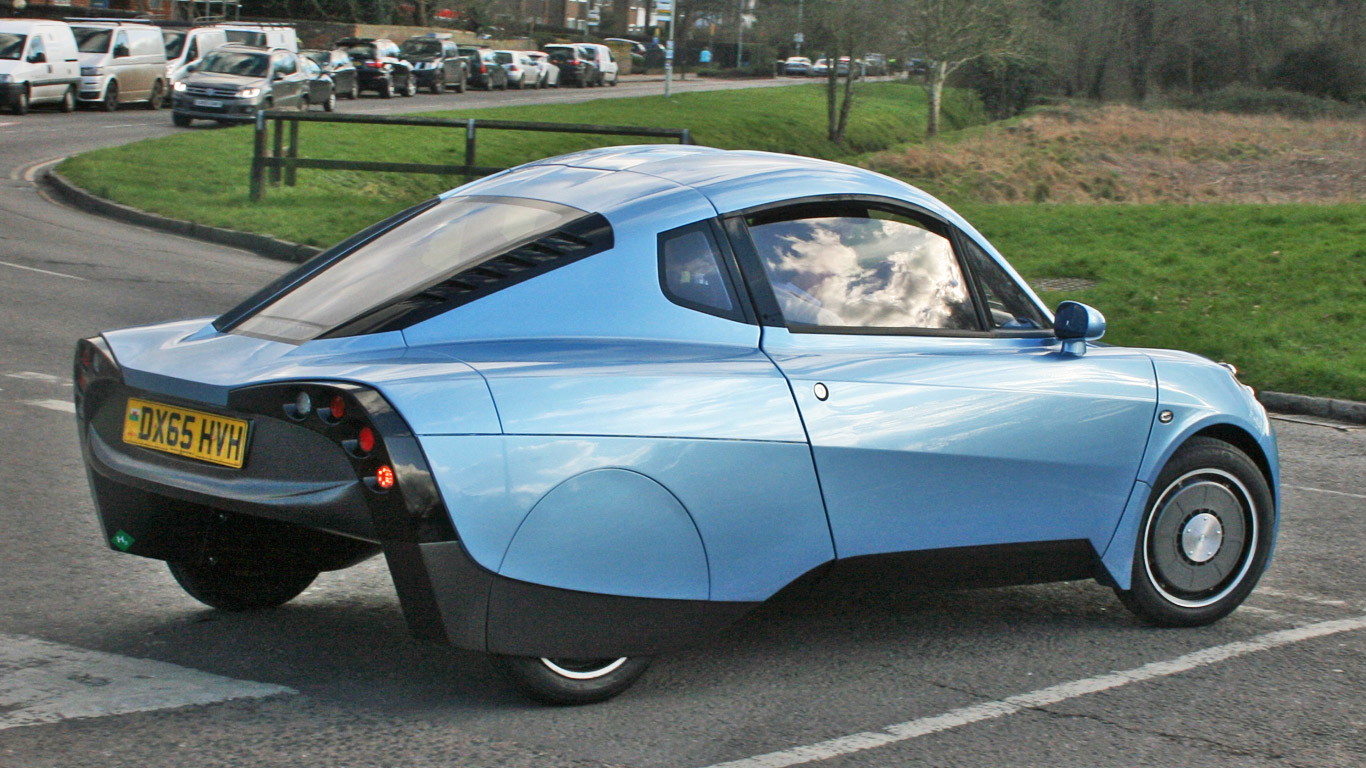
Fuel economy and running costs
No, the Riversimple Rasa is intended as a ‘local car’, used within a 25-mile radius of a hydrogen filling station. From one fill up, it’ll cover 300 miles – meaning the average customer should only need to fill up once a week.
Is it practical?
The Riversimple Rasa only has two seats, so it’s not ideal if you’re wanting to use it as a family car. The prototype version we tried doesn’t have a boot, either – but that will change for the production model, we’re assured.
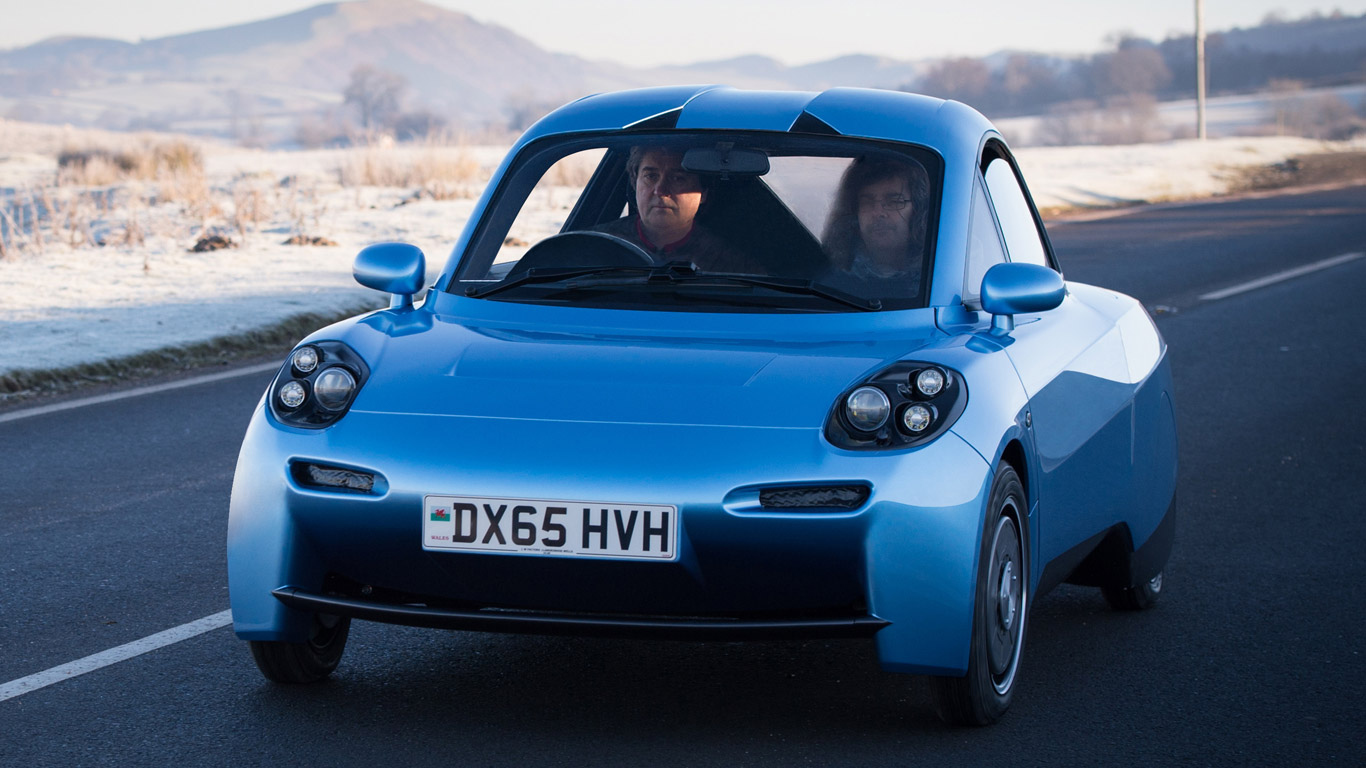
What about safety?
It’s early days, so the Rasa hasn’t been crash-tested. It feels a tad flimsy, but its carbonfibre shell ought to stand up well to a crash.
Which version should I go for?
If you’re keen to be an early adopter, the first 20 Riversimple Rasas will go to beta testers later this year. The company says the initial run of cars will all go to the same area – but has yet to confirm where. As the majority of hydrogen filling stations in the UK are currently in London, it’s fair to assume they’ll probably end up in the capital.
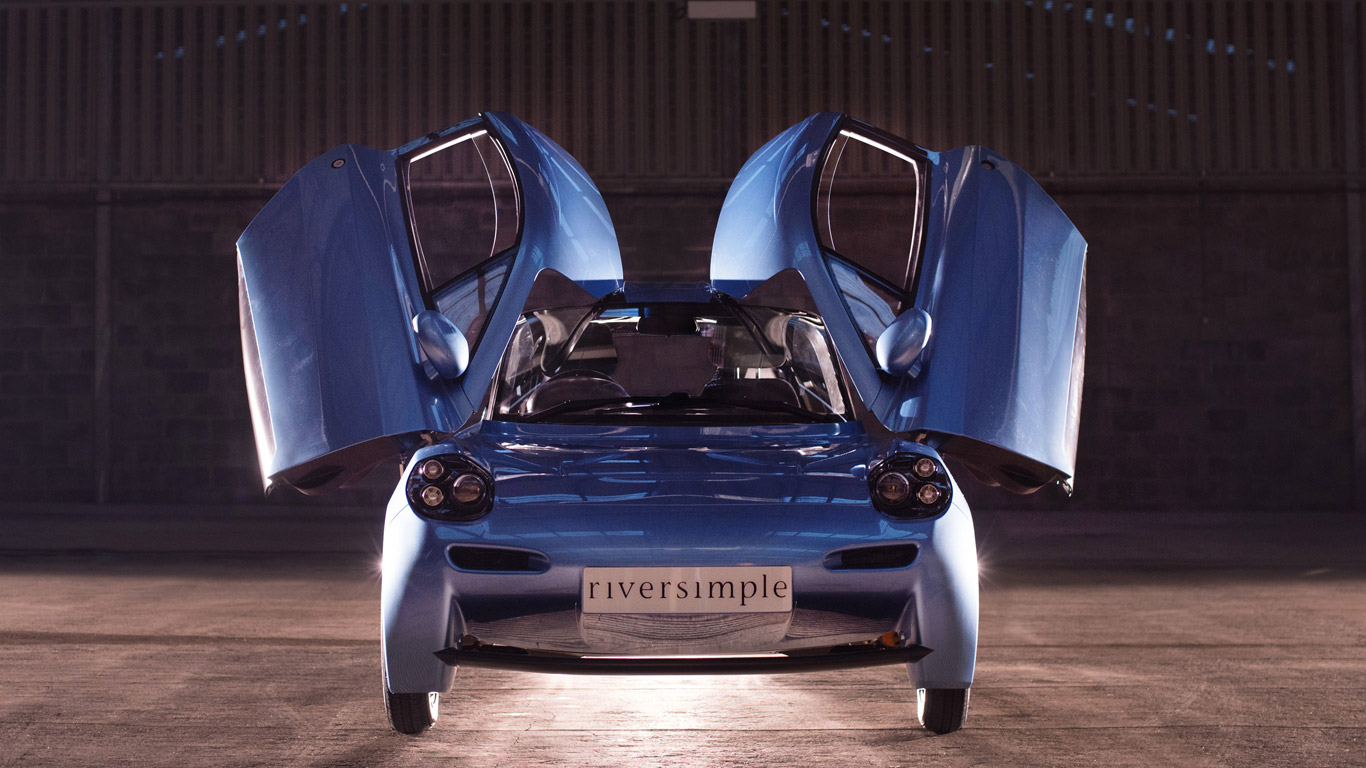
Should I buy one?
The entire Riversimple business plan evolves around you not buying one. No, we don’t mean they’d rather you go and buy a mainstream hatchback instead – but they plan to lease the cars out, all-inclusive. So for a set monthly cost (to be confirmed), you’ll lease the car, along with its fuel cell, and everything else will be included. That means you won’t have to worry about fuel costs, insurance, maintenance. Nothing.
Toyota is doing the same with the Mirai – offering it for £750 a month, including servicing, tyres and fuel. Although prices of the Riversimple are yet to be announced, boss Hugo Spowers told us it will be ‘competitive with an entry-level diesel Golf’. That means it could be significantly cheaper than the Mirai.
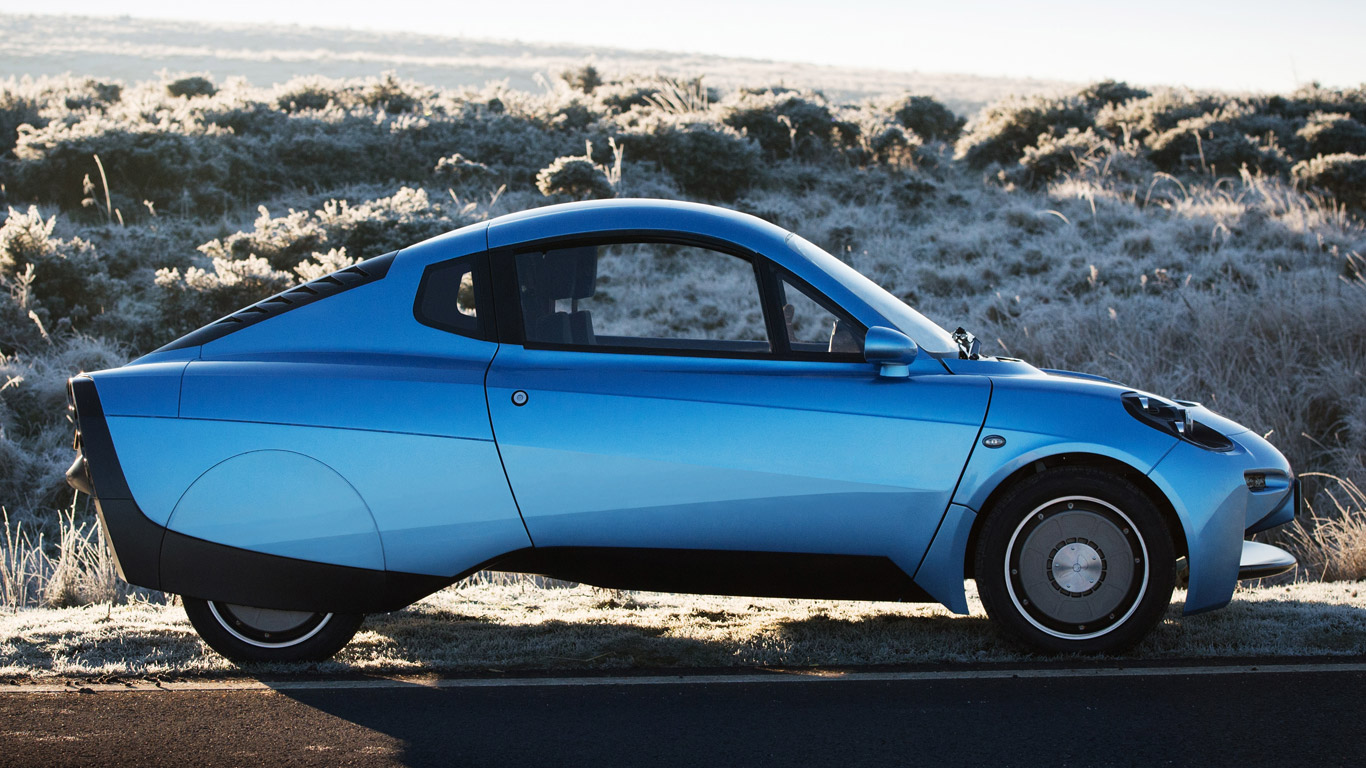
Pub fact
The Rasa uses the same front tyres on 15-inch alloys as the electric Volkswagen XL1. The company said they hoped to use bespoke tyres, but they proved to be too expensive.